Fall Planting 101
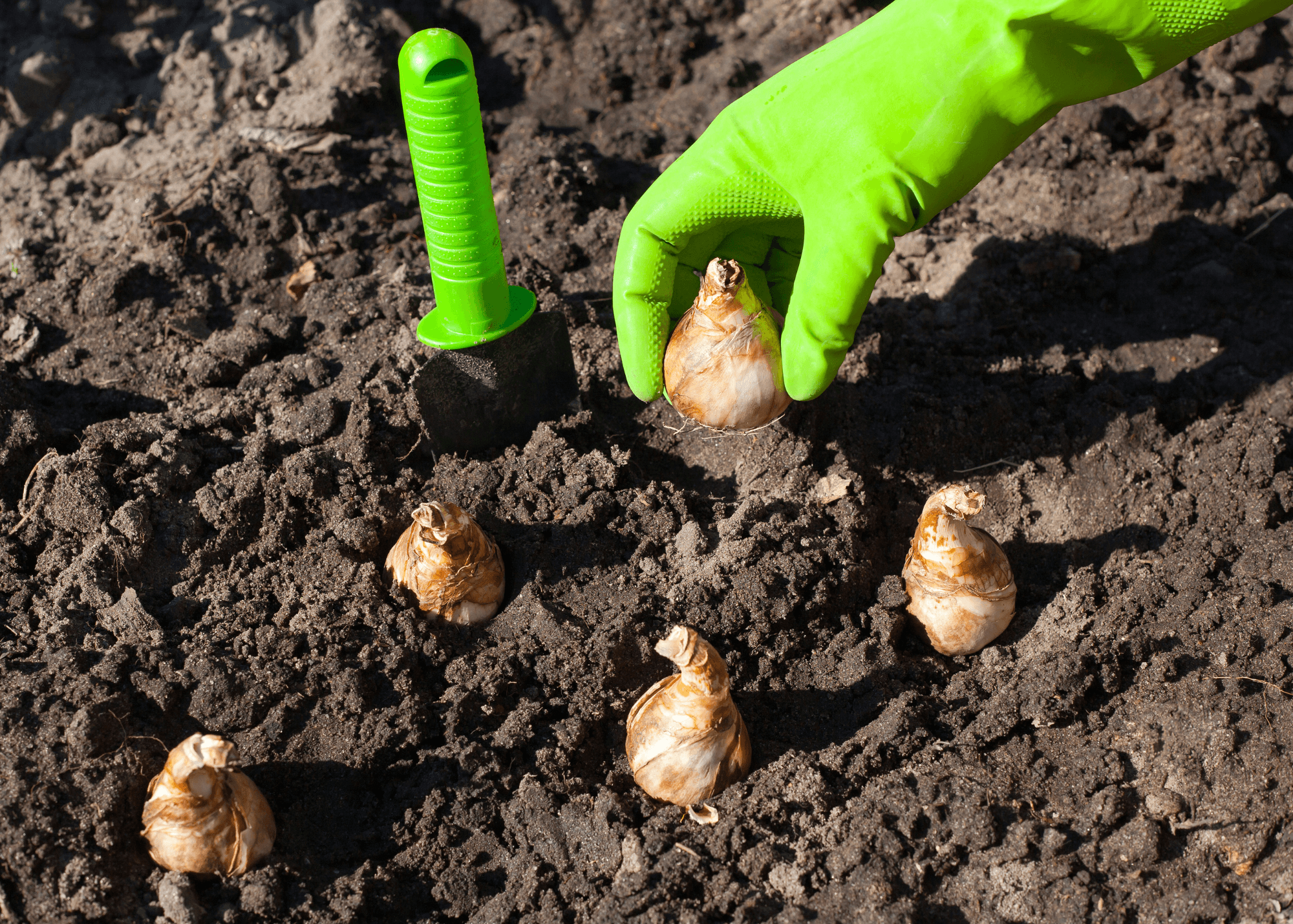
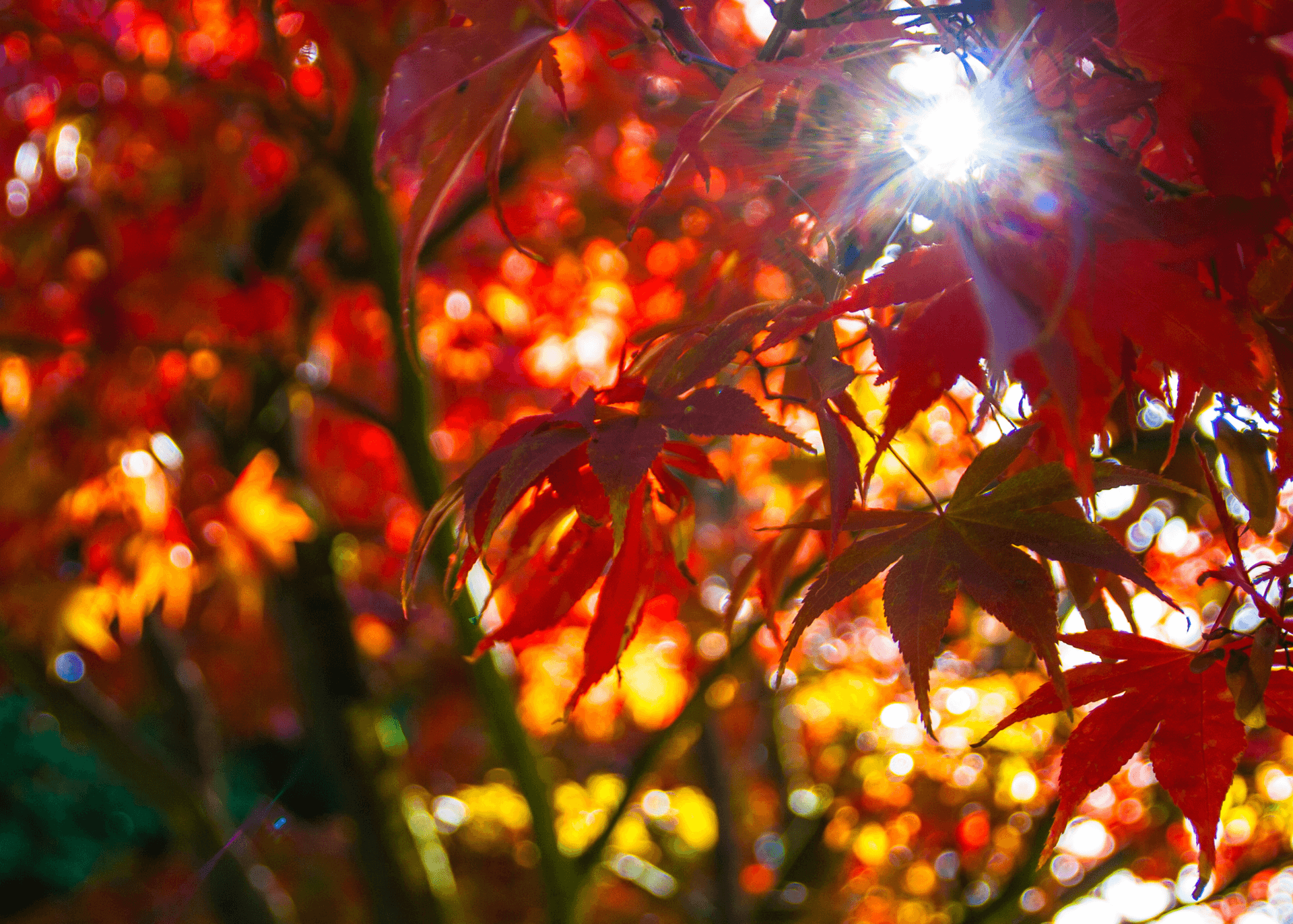
In the fall, transplants only need to focus on establishing a strong root system. They aren’t tasked with rooting, blooming, fruiting, and growing as they are in the spring and summer.
When you transplant in the fall, your plants can focus on establishing a healthy root system. A strong, healthy root system makes for a strong, healthy plant. In the spring, plants split their energy between pushing out new leaves and branches, producing blooms, and growing roots. This can exacerbate transplant shock.
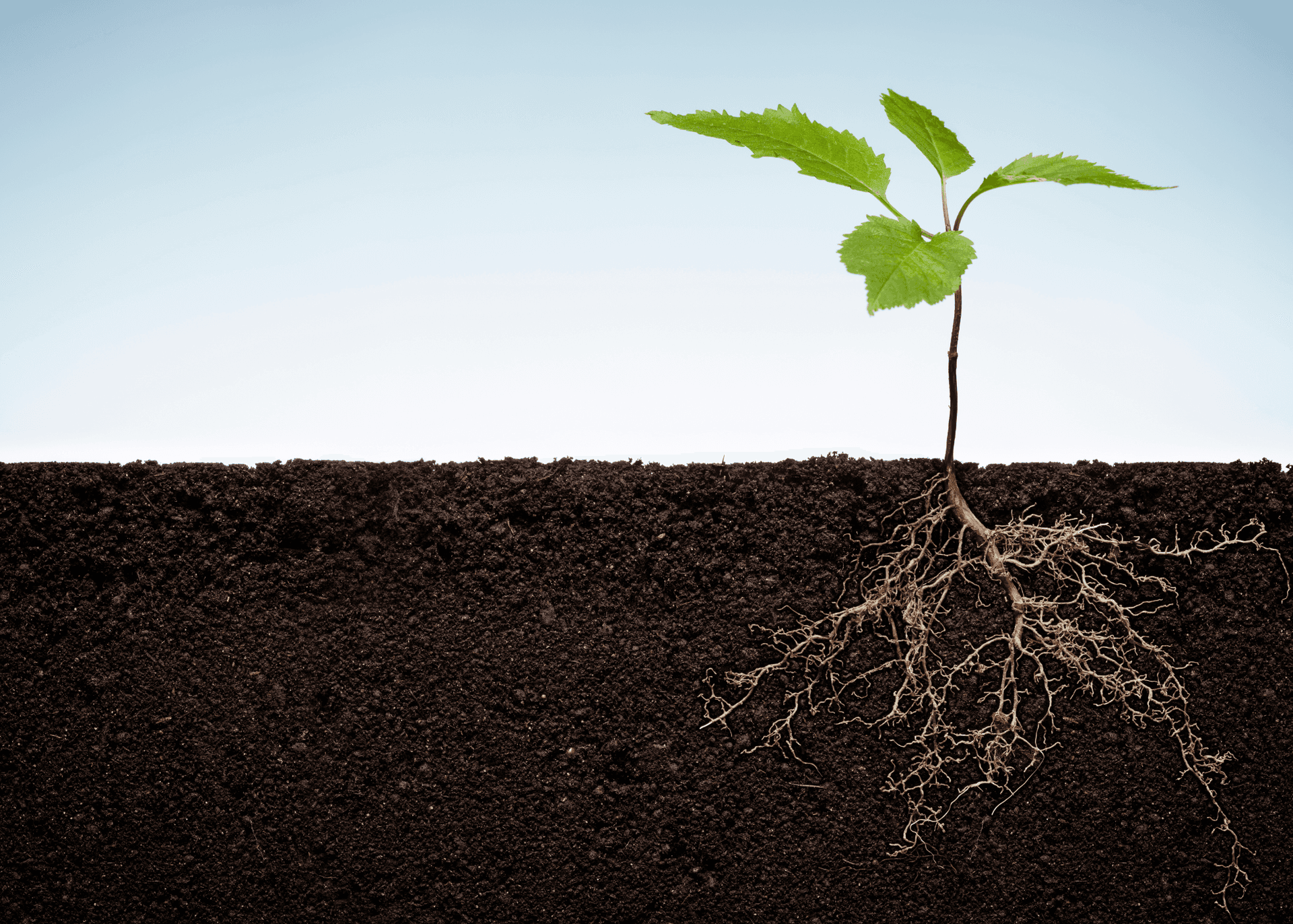
In the fall, however, plants are nearing their dormancy period so they don’t need to worry about any above-ground growth. All their attention can be focused on developing a well-established root system. This greatly reduces transplant shock and gives them a few weeks of root growth before the cold of winter sets in.
This autumn jumpstart will pay off in the spring and summer, as the plants will already be established and ready for robust growth, blooming, and/or fruiting.
Fall brings weather that is ideal for transplant success. Cooler air, warm soil, and increased rain will help your transplants thrive!
Fall has the perfect weather for newly installed plants. In comparison to summer, fall brings cooler temperatures, overcast and rainy days, and shorter days in general—which means less direct, harsh sunlight. Autumn weather is much kinder to transplants than hot, dry summer weather and transplant shock can be minimized by waiting until fall to add plants to your landscape.
In comparison to spring, fall provides a favorable environment for new plants because the soil is still warm, even though the air temperature is cooler. In springtime, though the air may be starting to warm up, soil is still cold and frozen for a while. Cold or frozen soil is not a hospitable environment for new roots, and it’s hard to work with, anyway.
Cooler air and warm soil is the ideal combination. As long as you make sure you get most of your plants in the ground a few weeks before the first hard frost, fall weather is ideal for planting.
Adding more plants in the fall will provide shelter and food for pollinators over the winter.
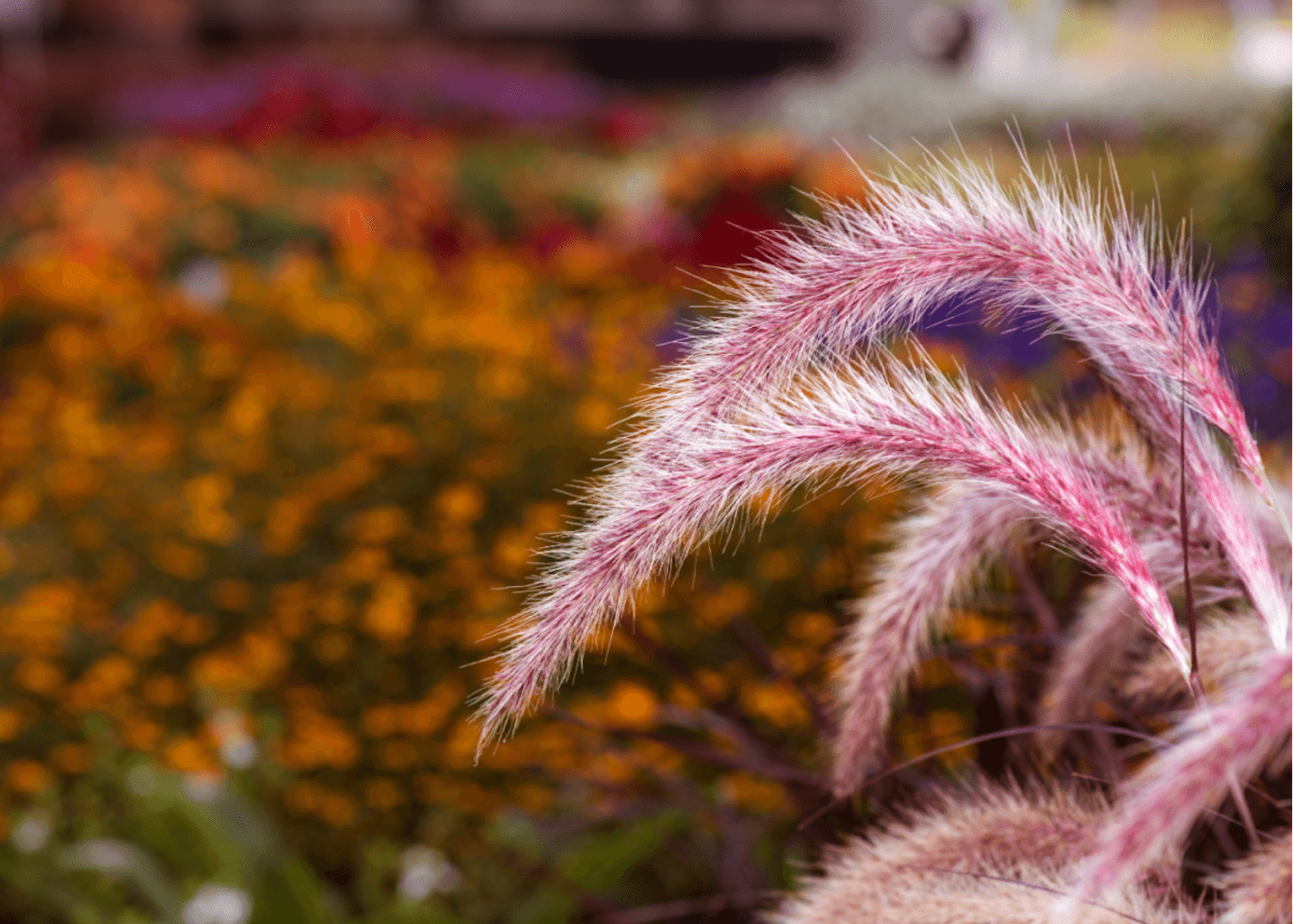
Adding perennial plants (especially grasses, native plants, and flowering shrubs) can provide food and shelter for pollinators. While they always need and appreciate food and shelter, it’s especially important in the fall and winter where these things are more scarce.
As an added bonus, blooms on these plants will be ready to greet pollinators first thing in the spring. When you protect pollinators and provide a safe place for them to live and to have offspring, you can expect an increase in the pollinator population in your yard—this means a more successful yard and garden for you! If you’re trimming plants down in the fall, try to leave a few inches of plant matter to preserve the pollinator shelters you’ve grown.
Some plants require chill time. Planting them in the fall ensures that they have enough of a cold period to grow and be successful.
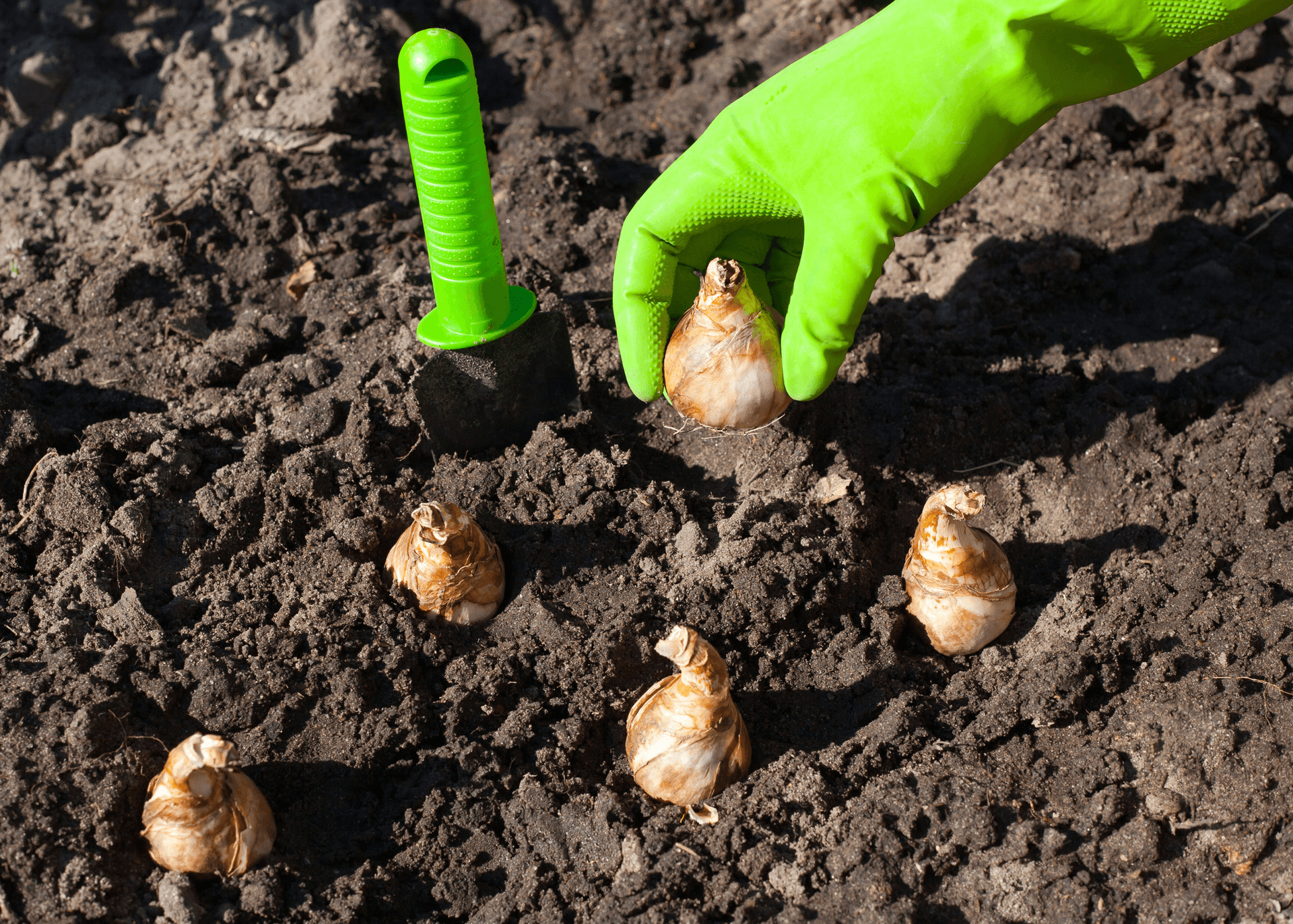
Planting in the fall is sometimes necessary for plant success. Some plants actually require a cold period before they can bloom or set fruit. For example, the iconic spring bulb flowers—tulips, daffodils, crocuses, hyacinths, and more—all need weeks of cold weather to store up energy for blooming in the spring.
Some fruit and nut trees like apples, pears, plums, peaches, cherries, almonds, and walnuts also require a cold period before they will set fruit. Planting these trees in the fall ensures that they’ll have plenty of chill time to produce blooms in the spring and fruit in the summer.
Many deciduous trees including aspens and some maples, also require a period of snowy, cold, dormancy. If you plant these trees a few weeks before the cold of winter arrives, they’ll have some time to establish roots, build up strength and energy, then weather the winter and be ready to grow in the spring.
Tips for Fall Planting
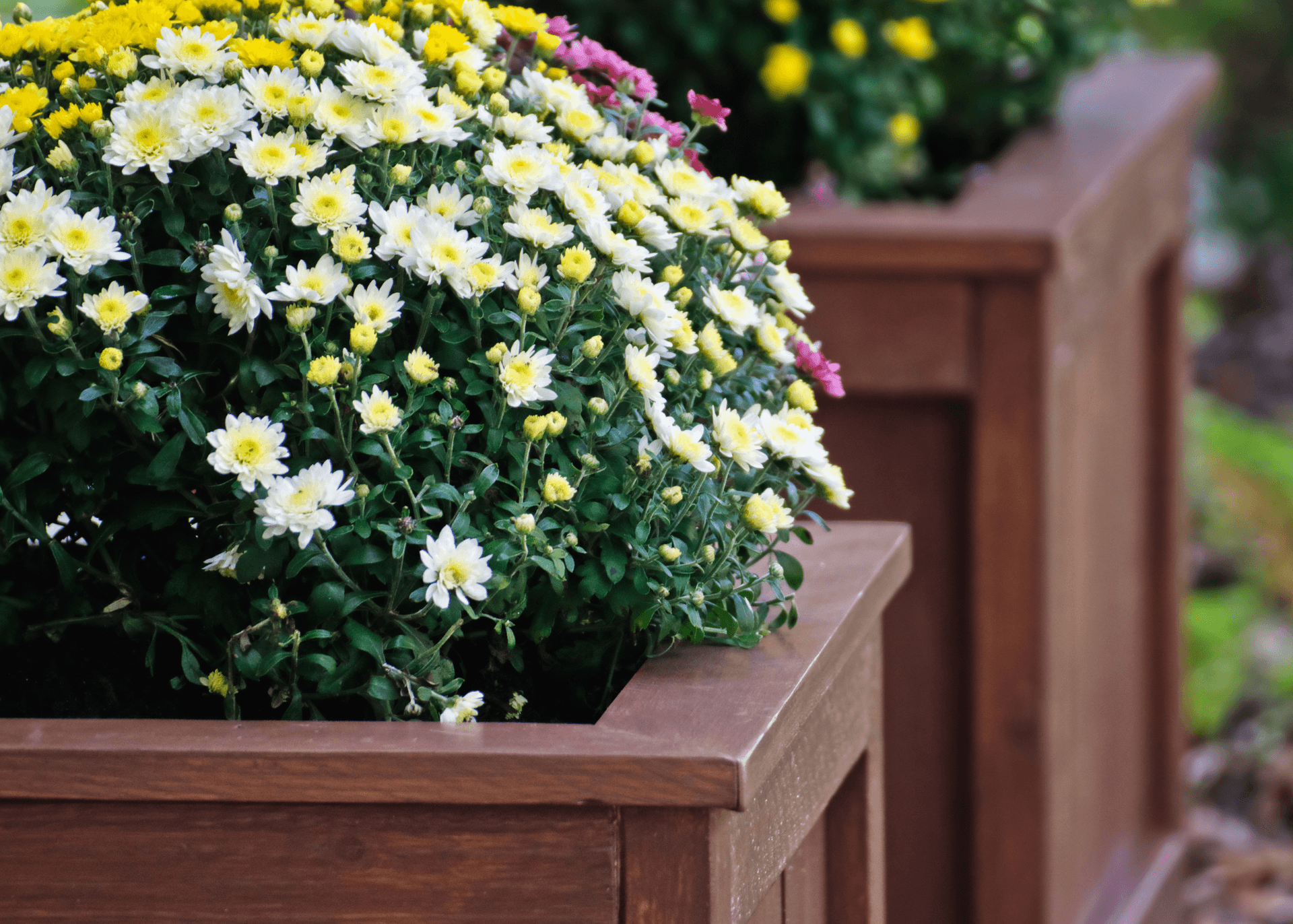
While plant care greatly depends on the specific plants you’re adding to your yard, here are a few general installation and maintenance tips for fall plantings.
The best time to plant is a couple months before the first frost date.
This can be predicted with a quick Google search for your specific region. Searching for the first expected hard frost and then counting back six to eight weeks from that date will give you a good timeline for when you should add transplants to your landscape. Giving plants several weeks of growing time in the fall will ensure that they have time to establish a root system before freezing temperatures put them into dormancy.
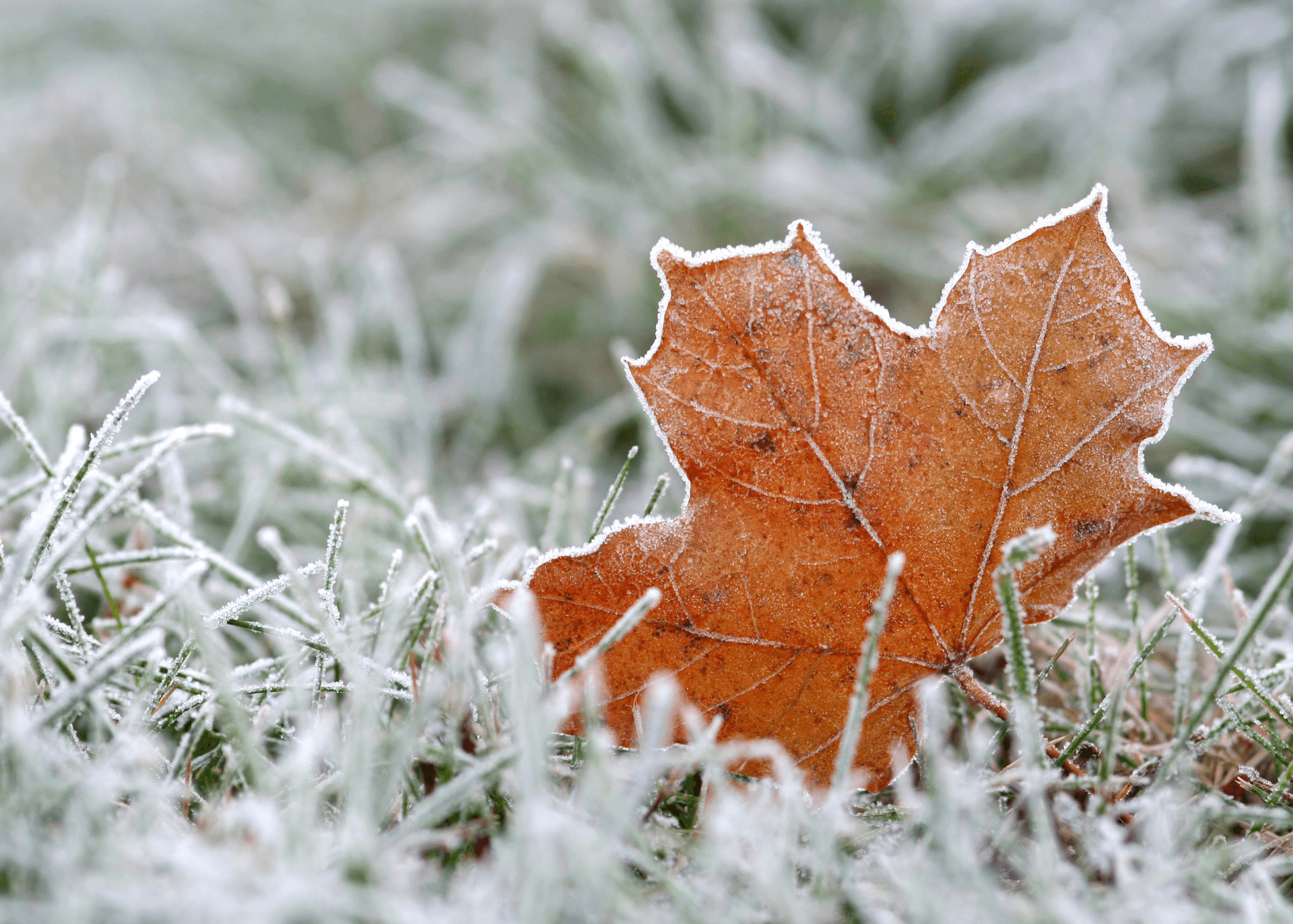
Keep plants hydrated.
Fall generally brings rain, but if you’re in a dry climate or experiencing a drought, make sure your plants get a good, deep drink once a week. If you have a dry winter, continue to irrigate through that season, as well. Good hydration minimizes transplant shock and plays a big role in plant health and success.
Mulch your transplants.
Adding a layer of mulch that is three to four inches thick (and six inches for trees) will retain soil moisture and keep the soil temperature warmer for a little longer, even once the air temperature has started to drop. Mulch elongates the growing period and provides a more protected environment for transplants to establish a healthy root system. As mulch breaks down over time, it also supplies the soil with nutrients.
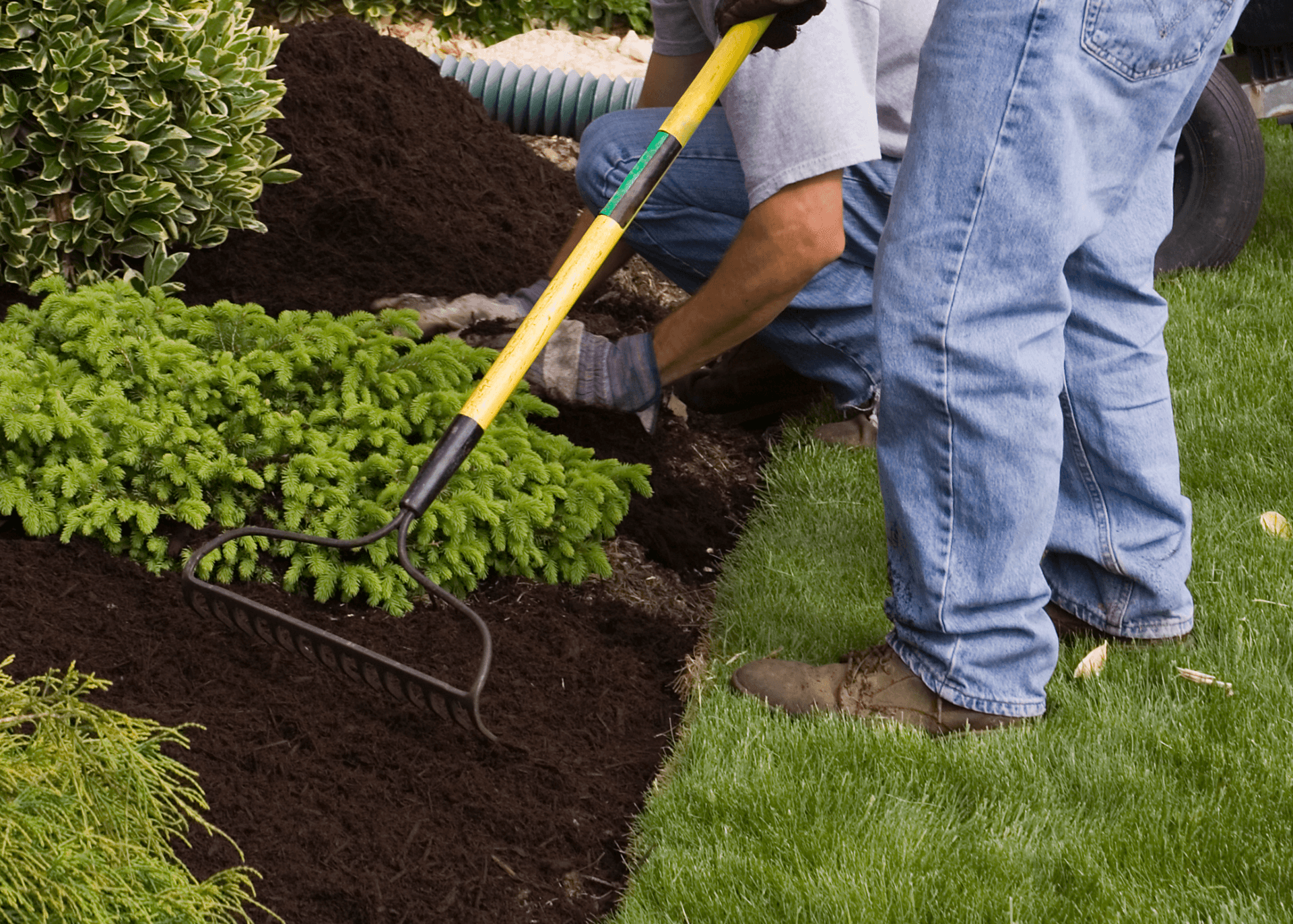
Divide overgrown perennials.
After a few years, perennial plants like flowers and grasses might either be growing out of control and taking up more space than you want, or they may be starting to perform poorly, due to overcrowding. Overcrowded plants compete for nutrients, light, and water. The soil can also be filled with competing roots, which eliminates essential air pockets. Dividing these perennials can not only solve these issues, but also means you’ll have more of the successful plant spread throughout your yard. Peonies, irises, lilies, and hostas are common perennials to divide in the fall.
As you can see, fall is an outstanding time to add plants to your landscape. The weather is ideal for transplant success, and your yard (and any accompanying pollinators) will benefit greatly from new plants. Plus, adding plants in the autumn frees up your time in the spring for more spring clean-up. What plants are you adding to your yard this fall season?

